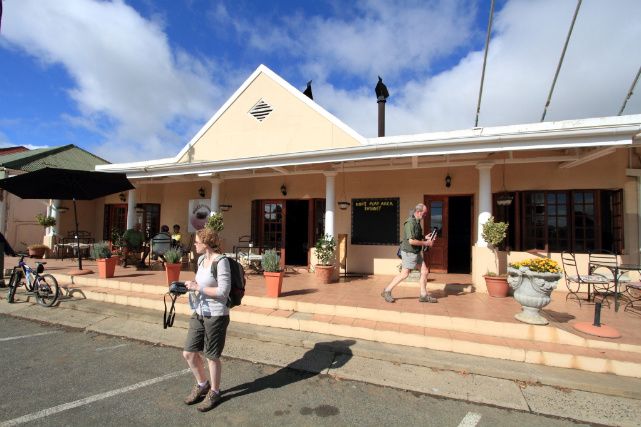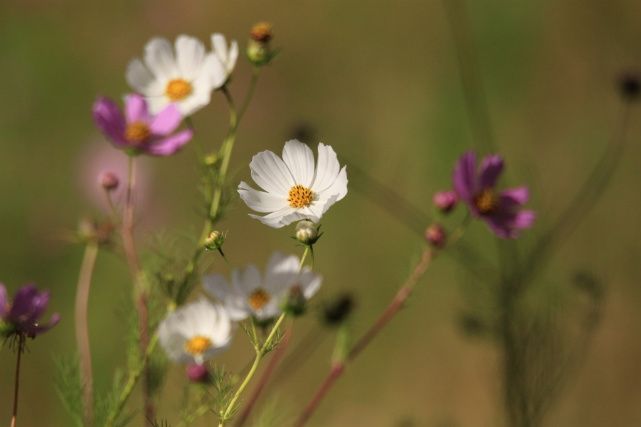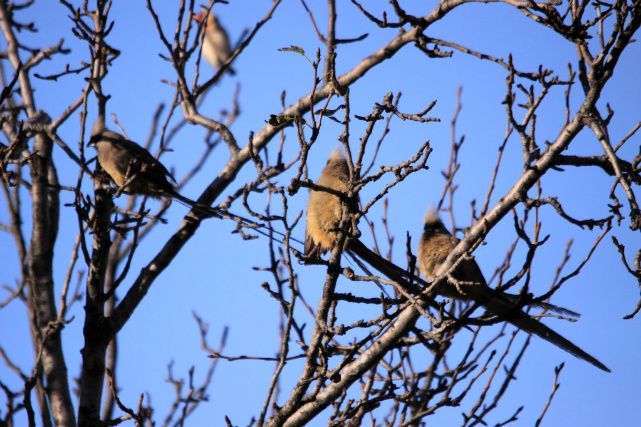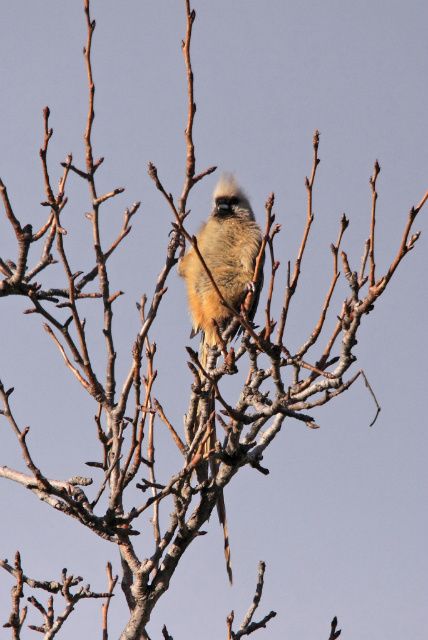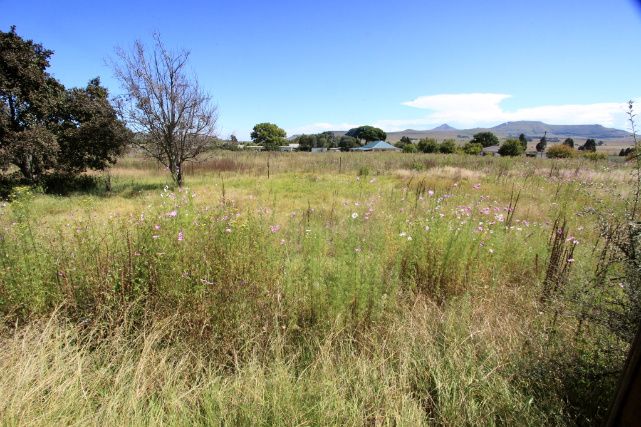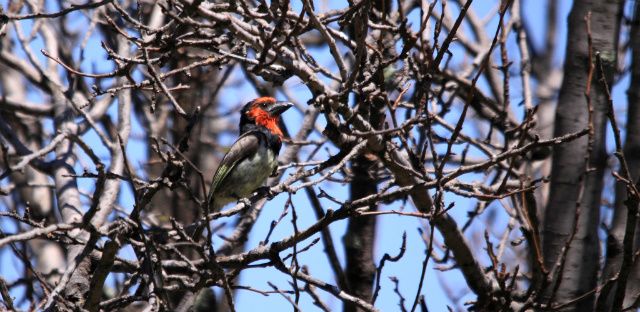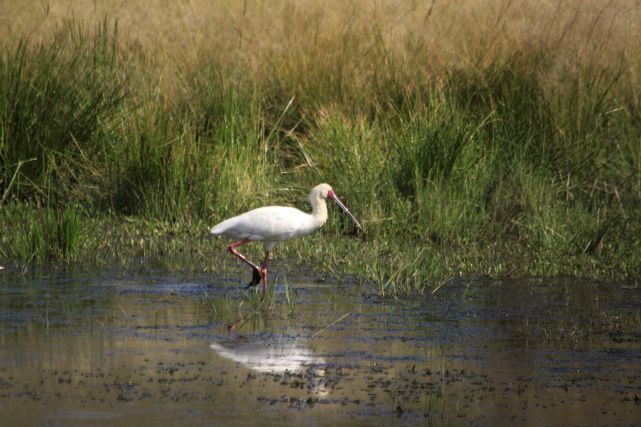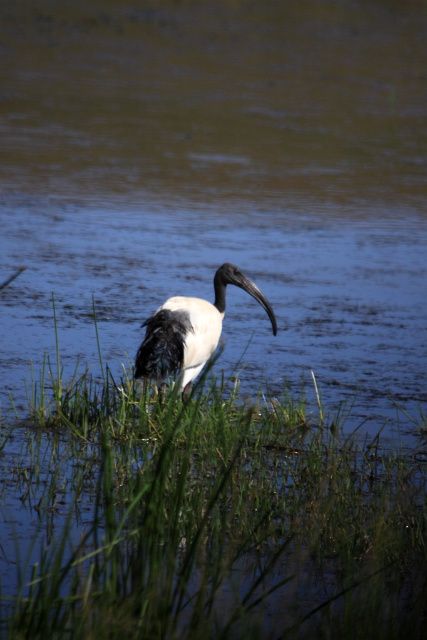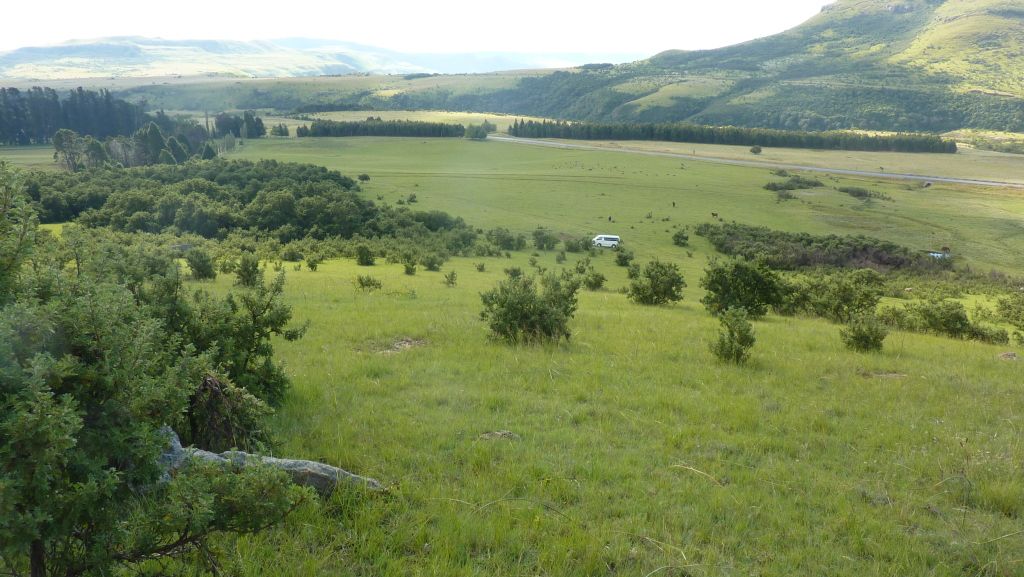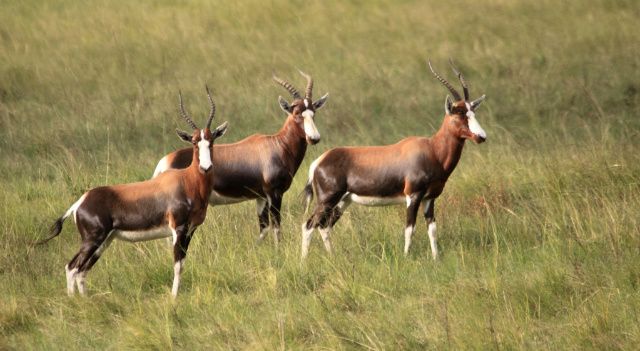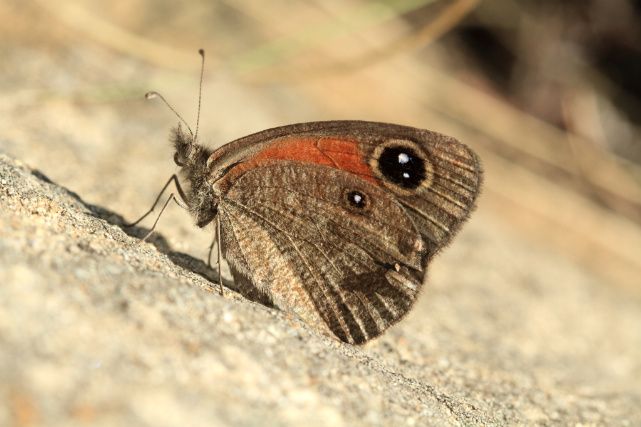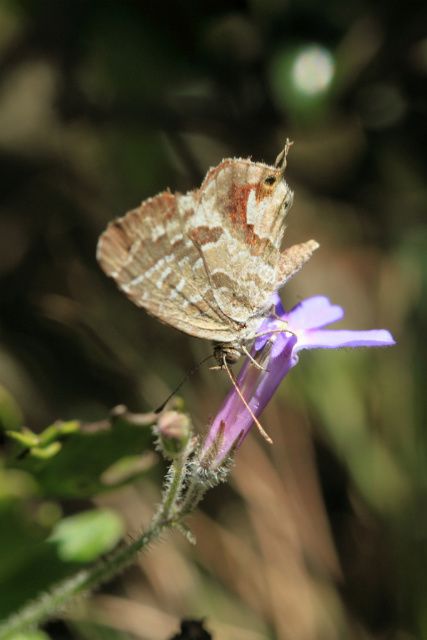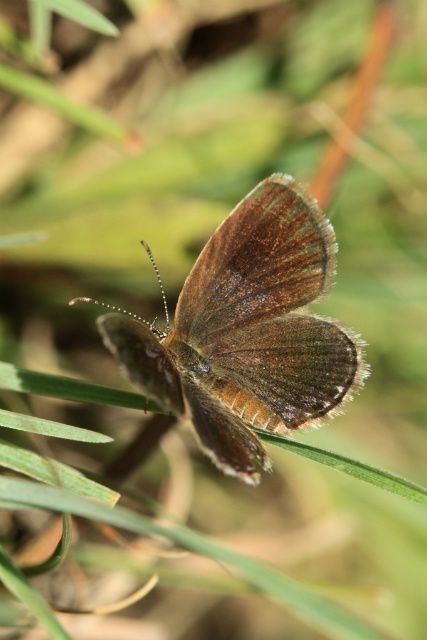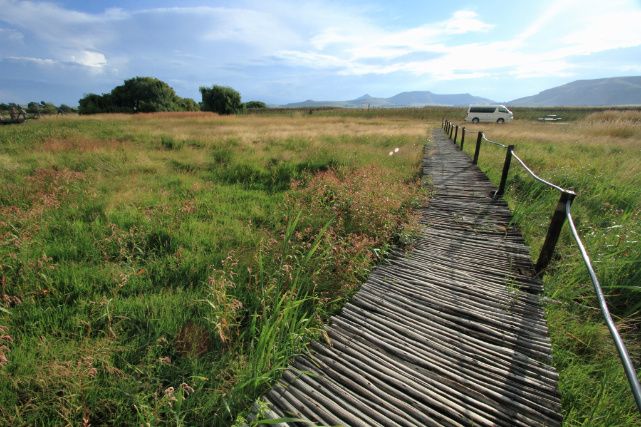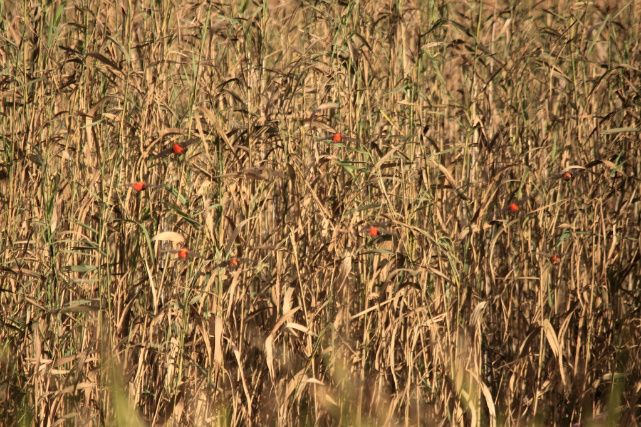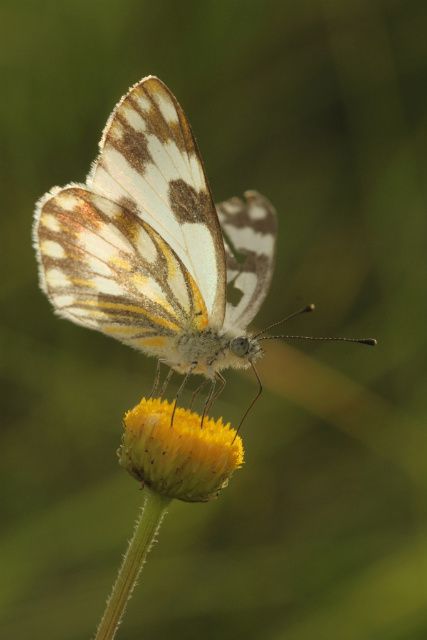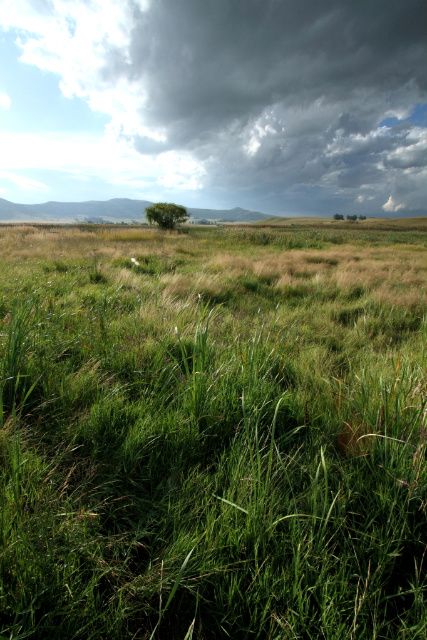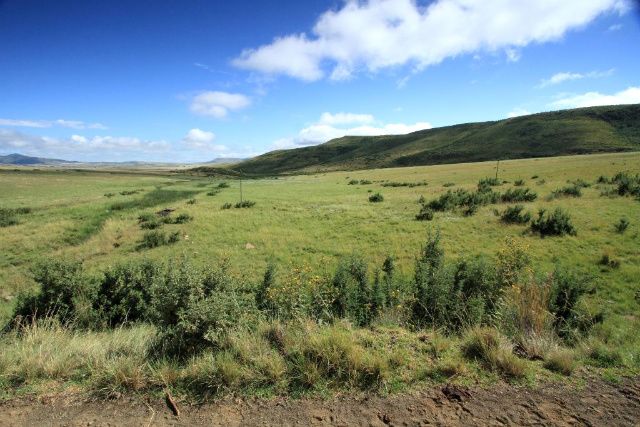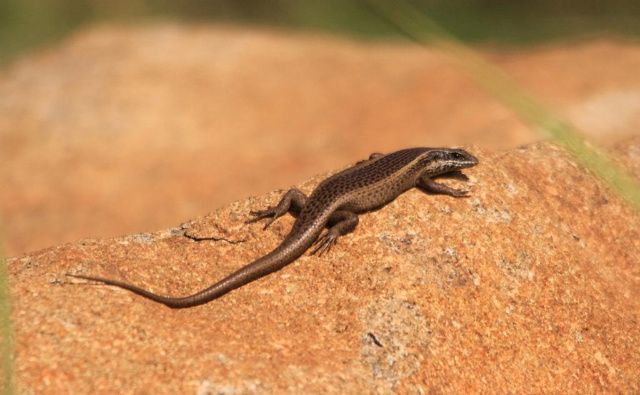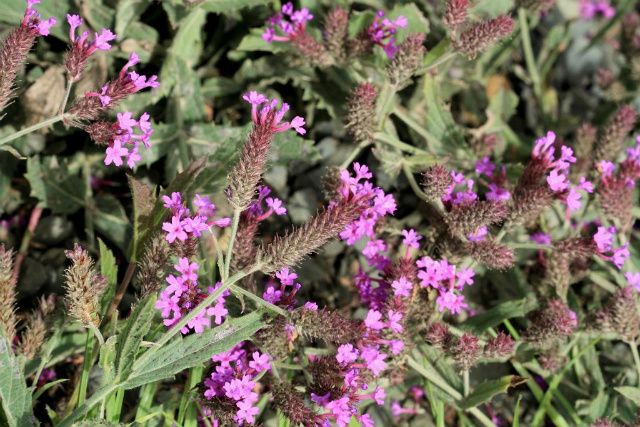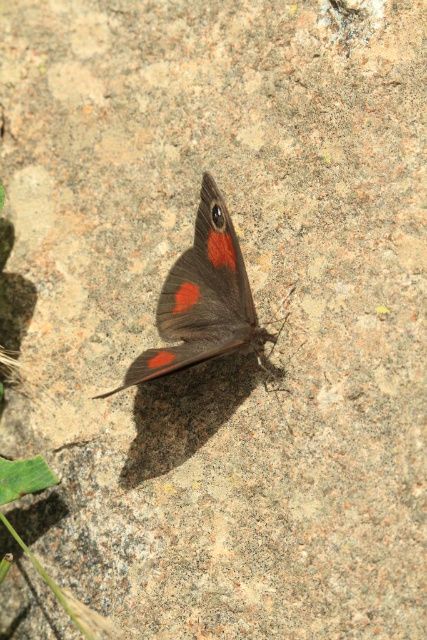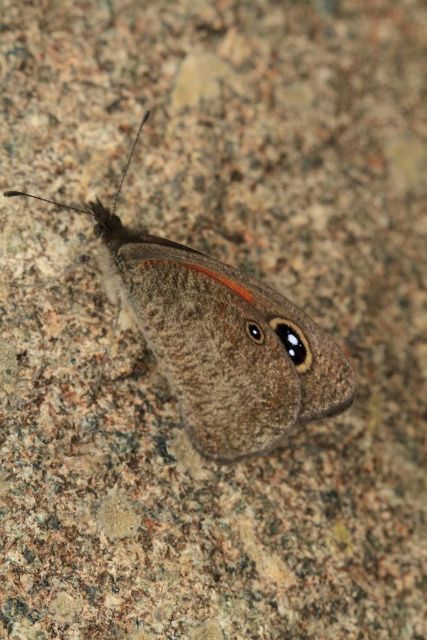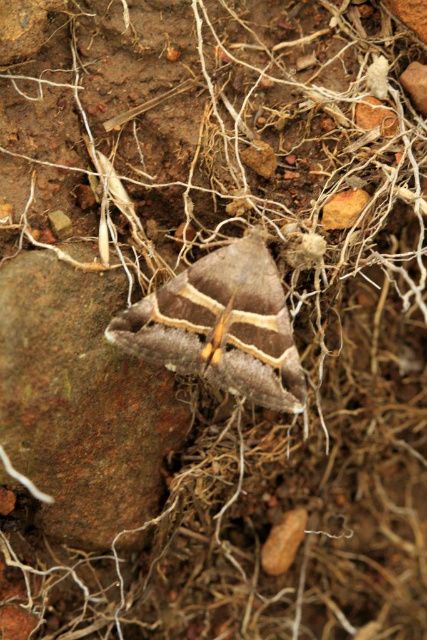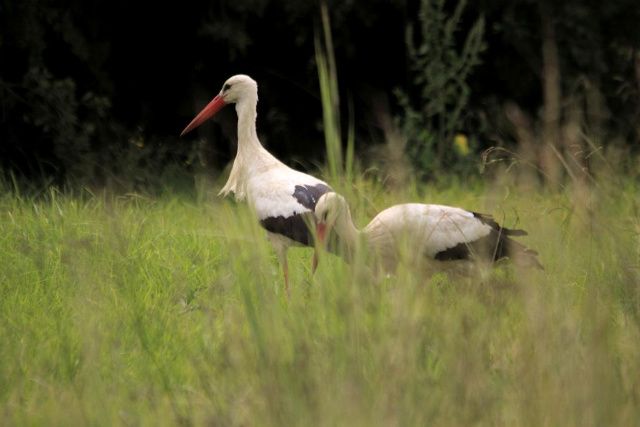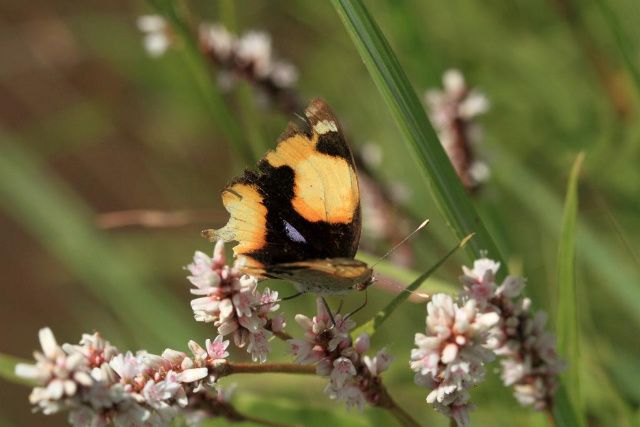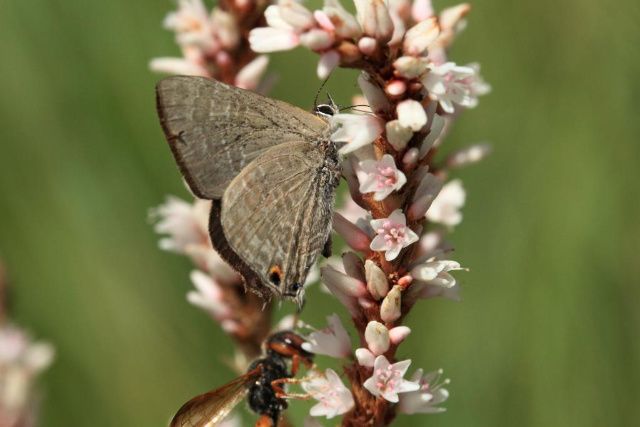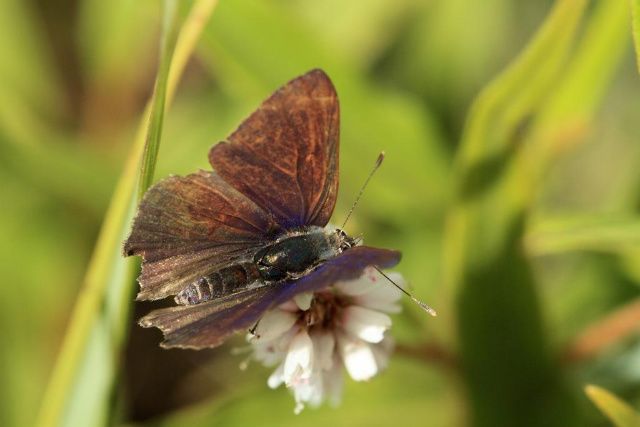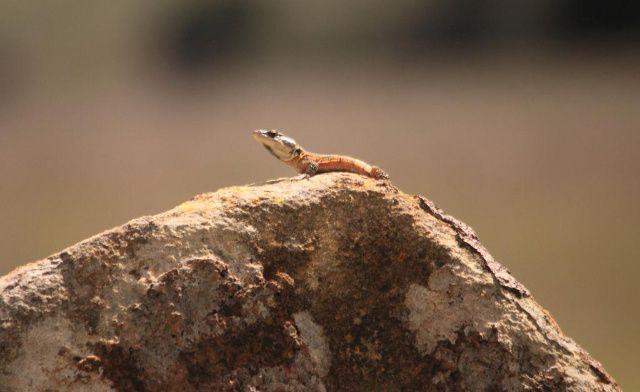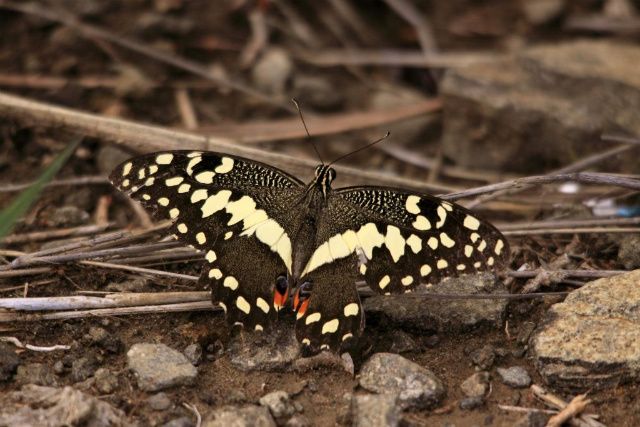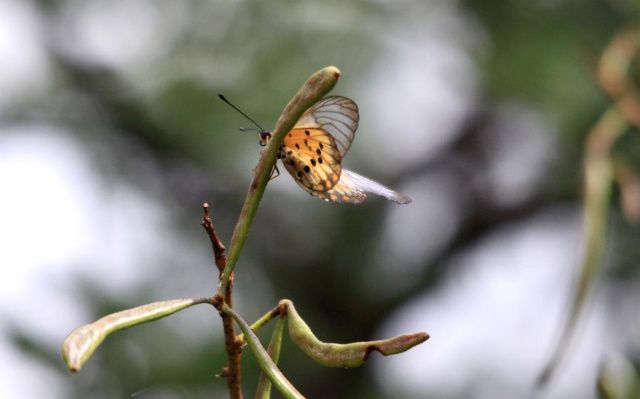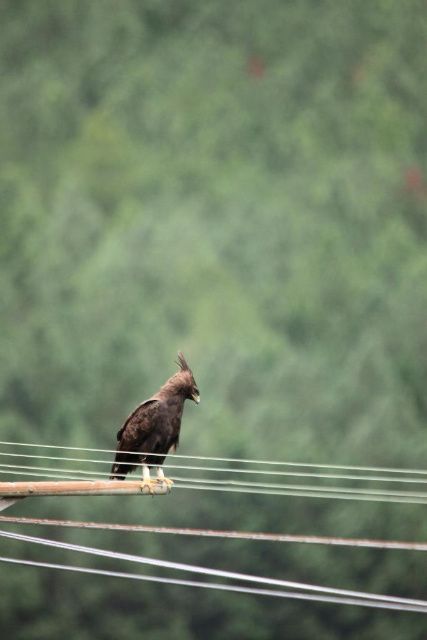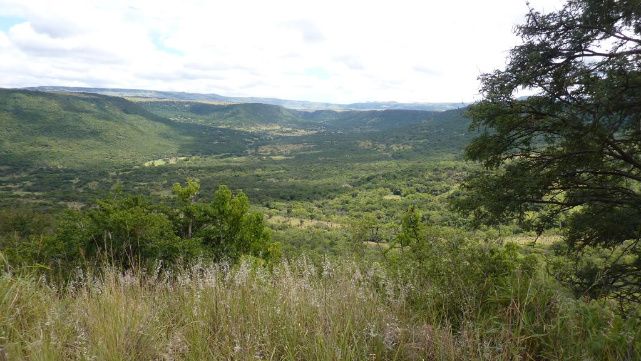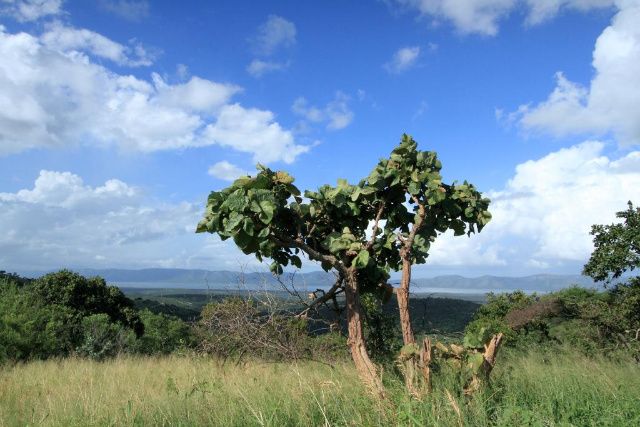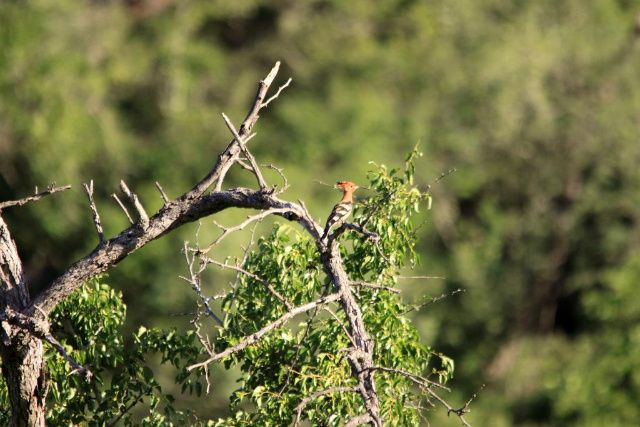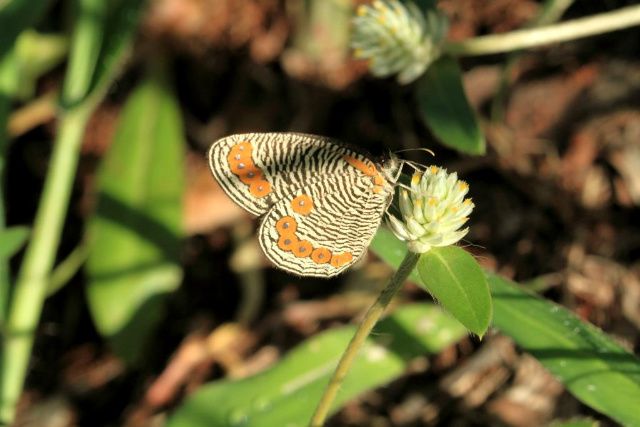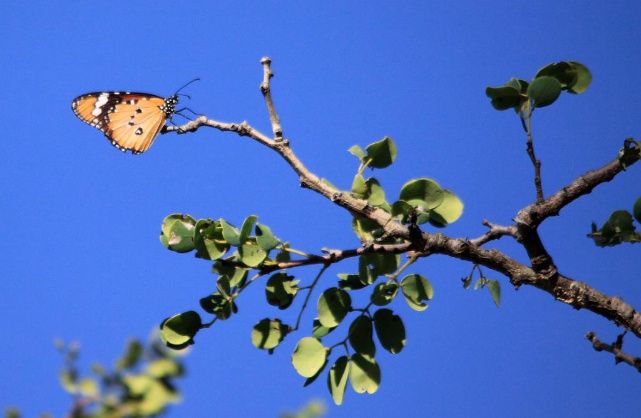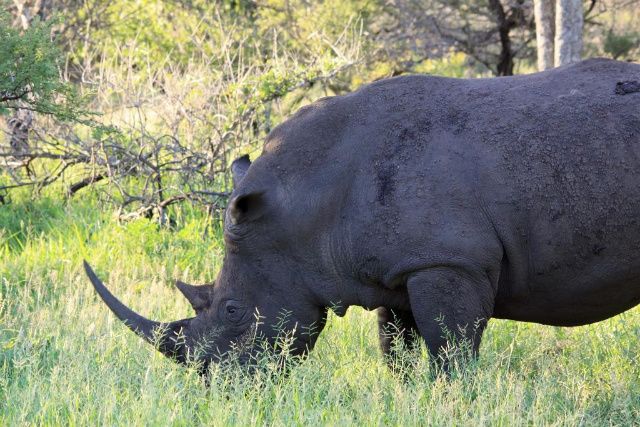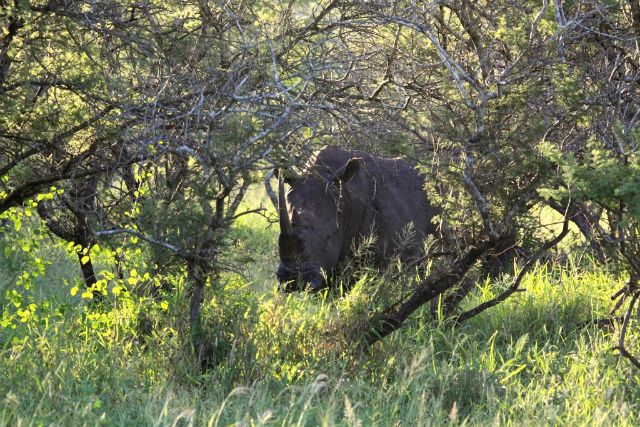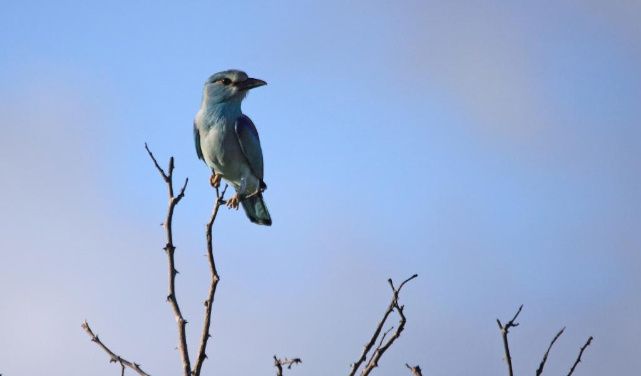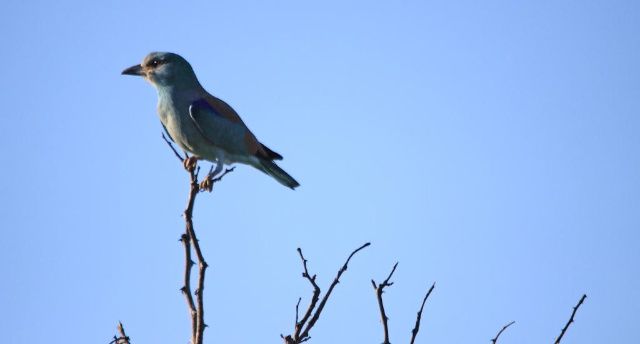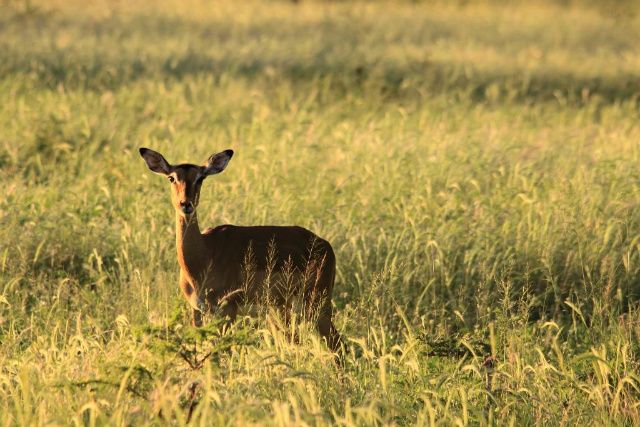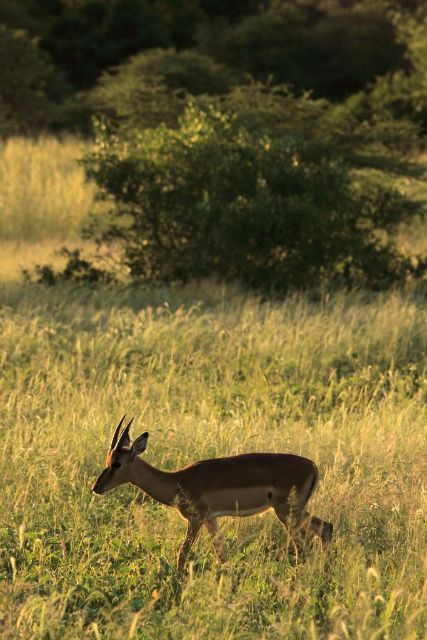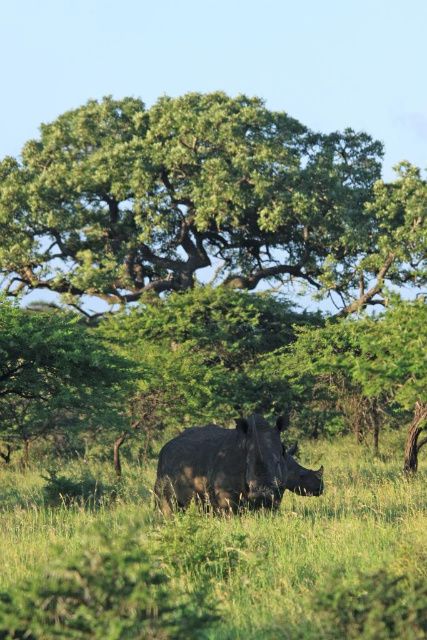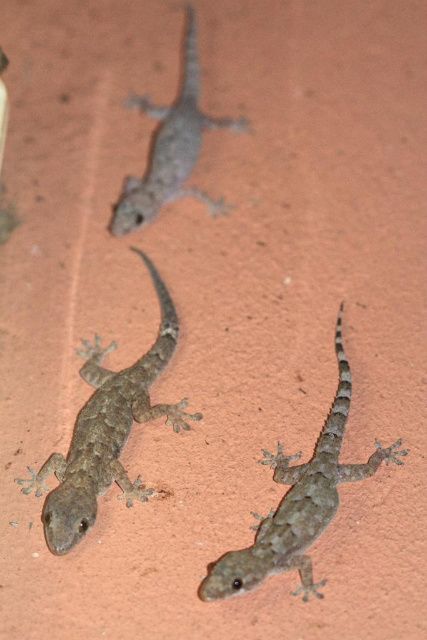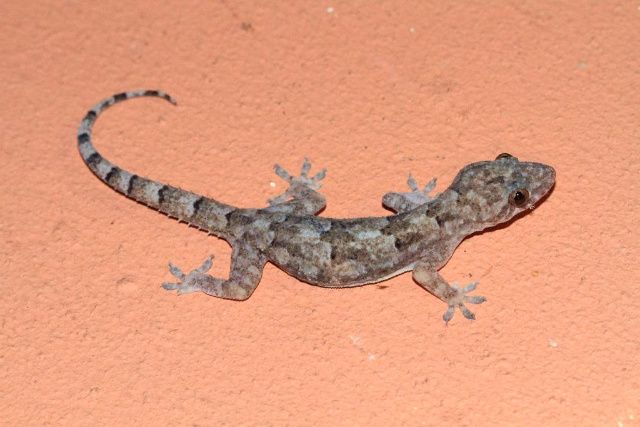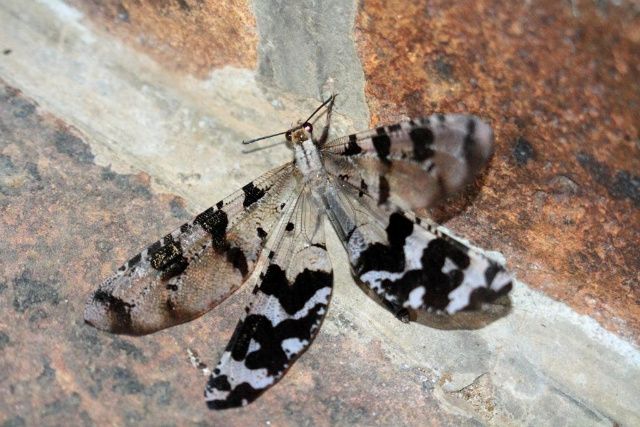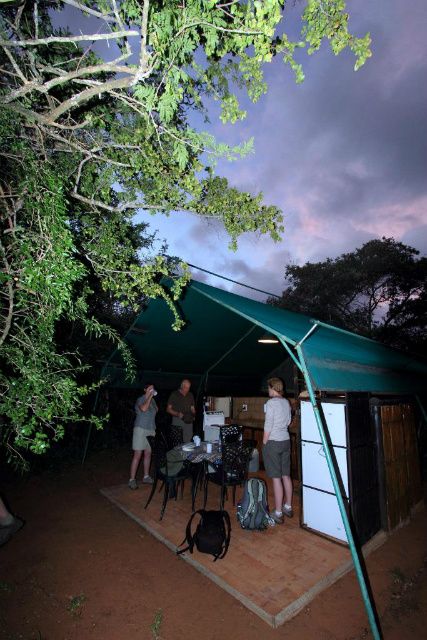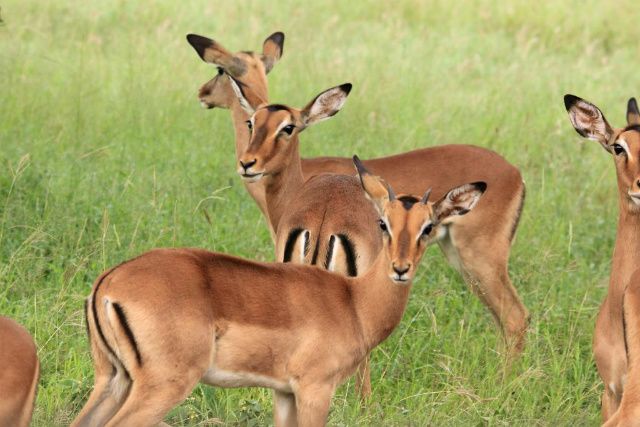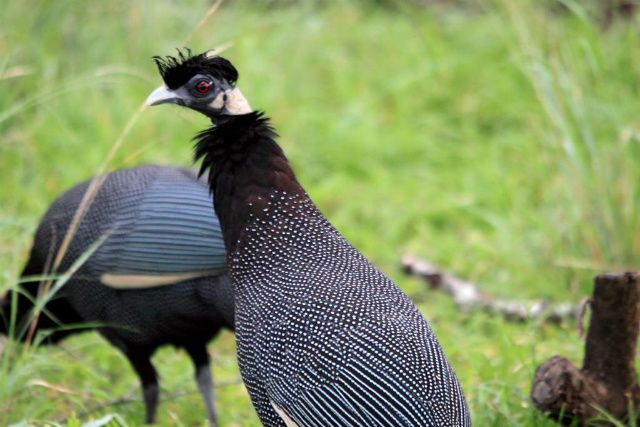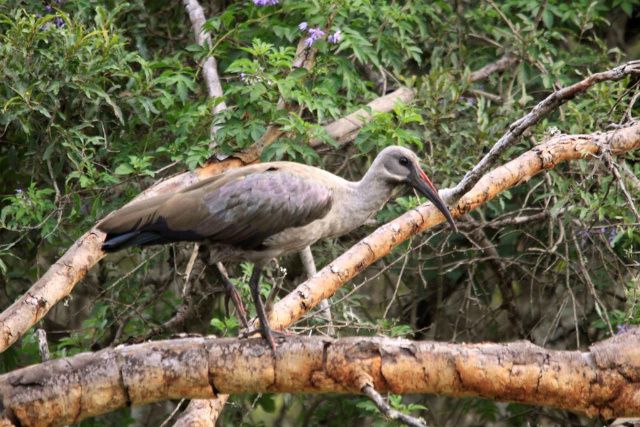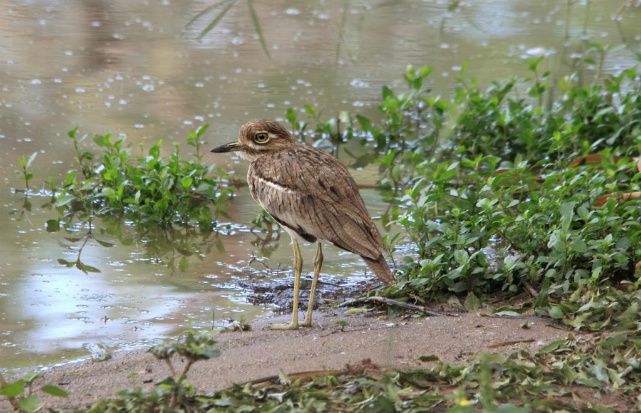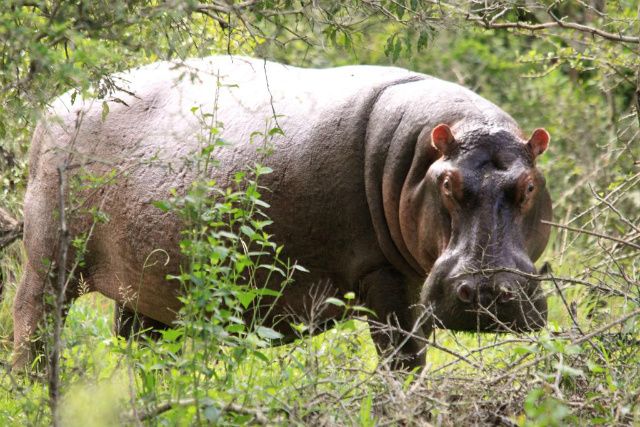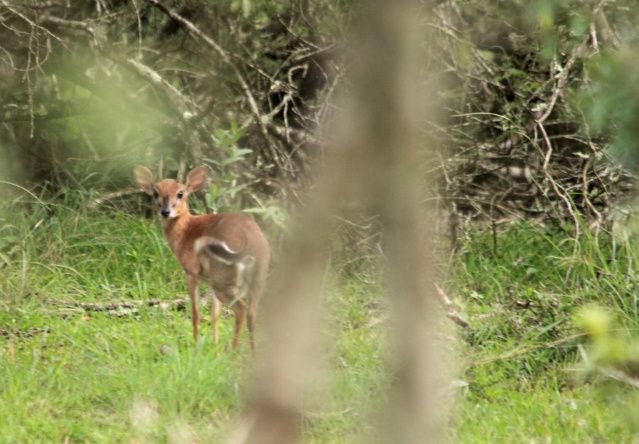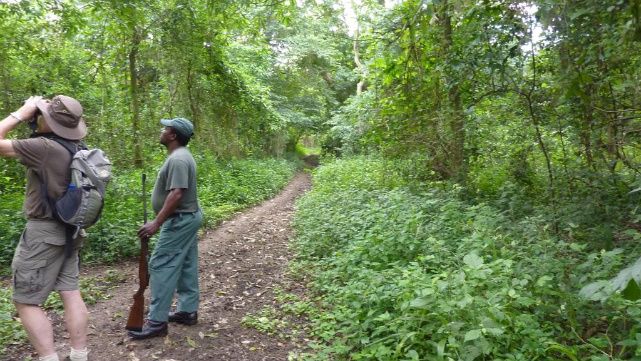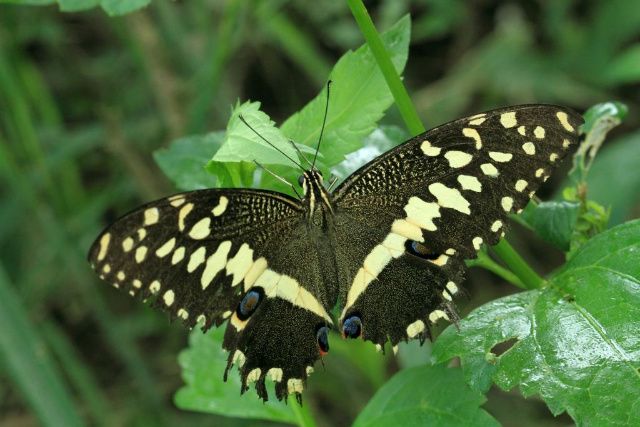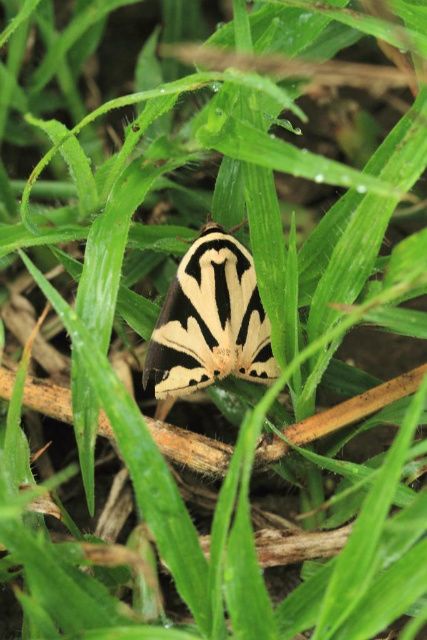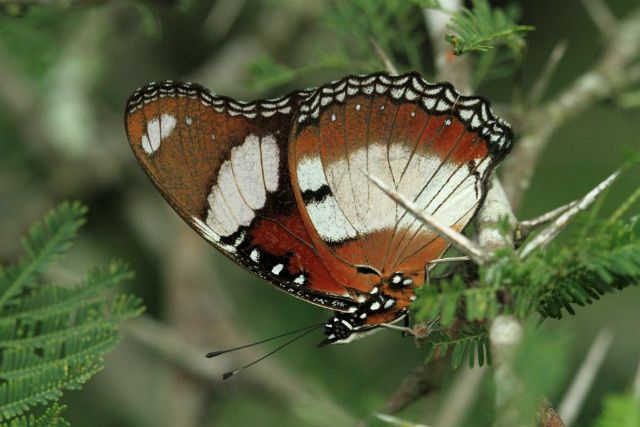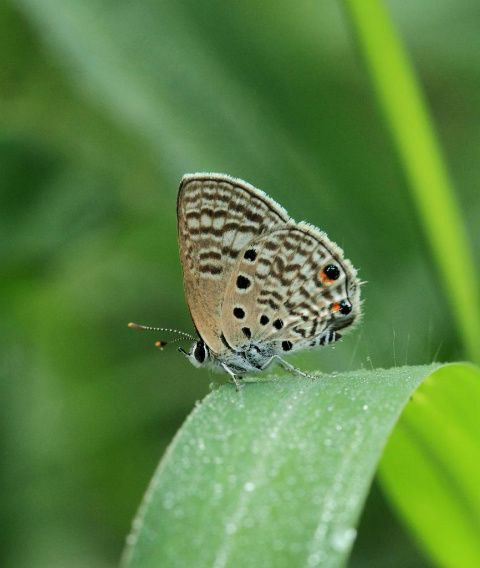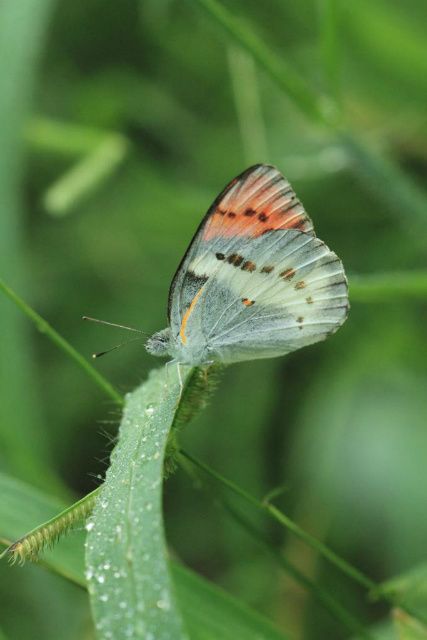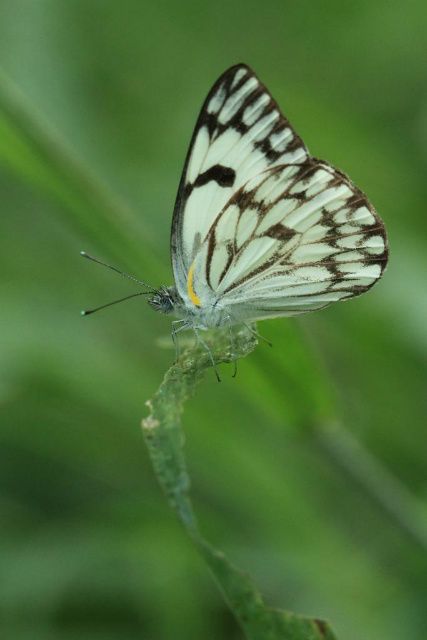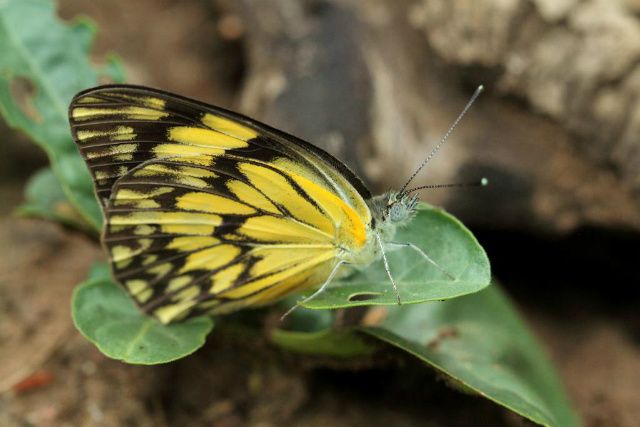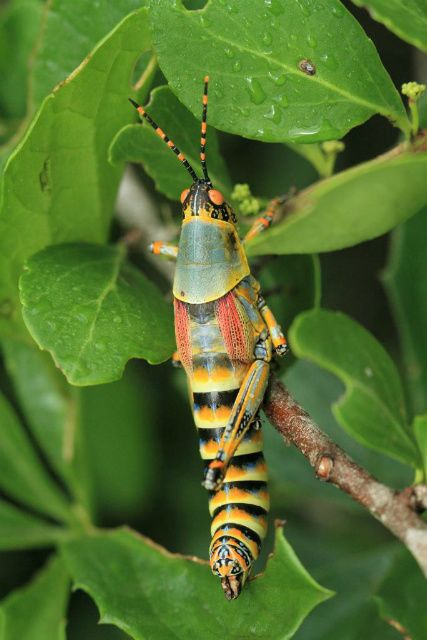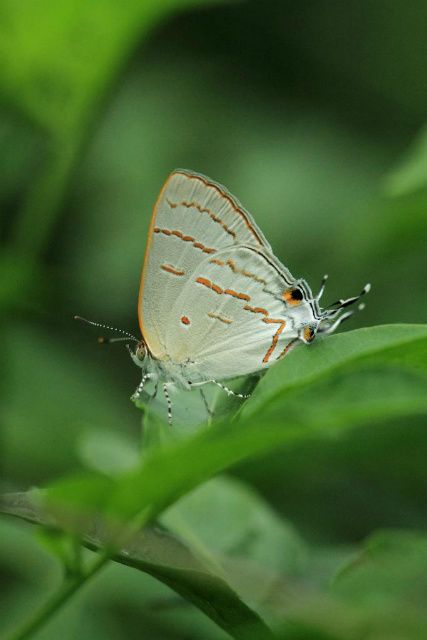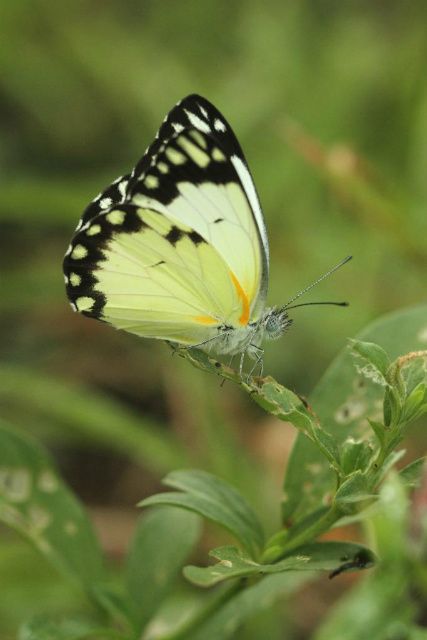South Africa trip with Naturetrek (10-18 March)
Posted: Wed Mar 21, 2012 8:48 pm
I’ve wanted to travel to South Africa for about the last 6 years so last year we decided we’d take the plunge (before money and time ran out!) and booked up a guided trip with Naturetrek from March 10th-18th to South Africa (2012). The trip was advertised as a 'Butterflies of South Africa' with also a general wildlife bias for 10 days that would take in at least three reserves on the north-east section of the country. Seeing as we’d never gone to South Africa a guided tour seemed to be our best choice. It’s worth noting that I had briefly met Steve Woodhall in Oxfordshire in 2010 and stayed in touch (Steve now lives in SA and had written the excellent book on Butterflies of South Africa published by Struik) and I had asked for a few tips on where best to go given that the trip had been scheduled for Mkuze reserve (edge of the Kruger National Park) and then to Saint Lucia and finally to Eshowe (we would move down the coast as the trip progressed). The dedicated Naturetrek butterfly guide had pulled out about a month before the trip started, and had been replaced by more ‘general’ guide so I had forwarded some detail on via the Naturetrek contact that Steve had given me.
Friday 9th March – Saturday 10th March – Cardiff to Johannesburg & drive to Wakkerstroom
Karen and I left Heathrow Airport on our flight to South Africa at 5:50pm on Friday 9th March. Although our ‘economy’ seats were a bit cramped there were plenty of films to watch (I plumped for the recent bird film ‘The big year’ which I found great fun). We arrived in South Africa at Johannesburg Airport at around 8 am the next day (March 10th) – a flight of about 12 hours (SA time is currently 2 hours ahead of the GMT time). Our local South African guide, Bert, was waiting for us at arrivals and we also met the other 3 members of our group at the same time (Richard from Wiltshire, and John and Linda from Oxfordshire). Soon we were on our way to Wakkerstroom in the Naturetrek minibus, with Bert giving us plenty of pointers along the way on the many birds we could see from the motorway or smaller roads.
The early SA morning weather was already pleasantly hot and a bit humid and a welcome contrast to the British temperatures we’d left (it was already about 85 degrees) – also, we were quite lucky as in the previous week there had been floods from tropical storms and cyclones. We stopped a couple of times just off the smaller paths from the main road to see what was flying. The landscape leaving Johannesburg is quite dry and there weren’t a lot of wild flowers, though there were plenty of the Cosmos flowers that had apparently spread from Australia – it looked like there weren’t any butterflies on these, so it may not be a nectar-rich flower. There were some small yellows and blues at the roadside verges and a few fast-flyers we couldn’t ID. The birds we saw included Herons, Egrets, Doves, Swifts, unidentified Weavers in the roadside trees and several birds of prey.
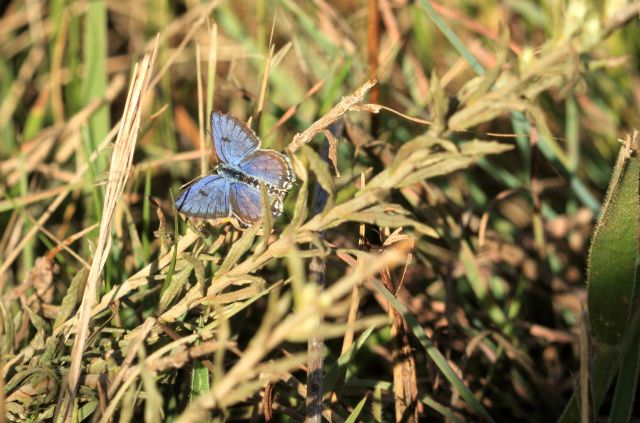
First stop between Jo'burg and Wakkerstroom were some dirt tracks off the main road. This Spotted Blue remained behind the wires.
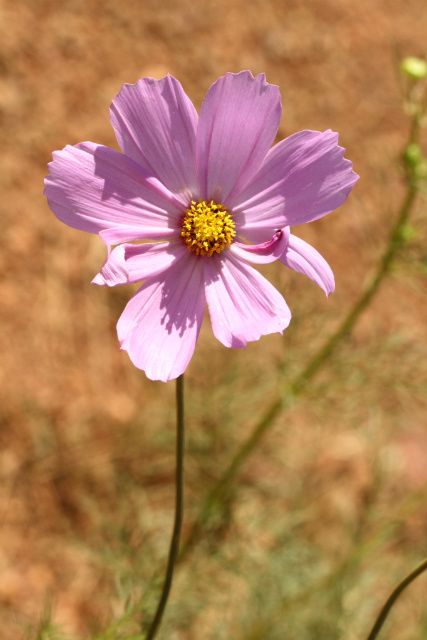
Cosmos flowers were the most obvious splash of colour beside the motorways.
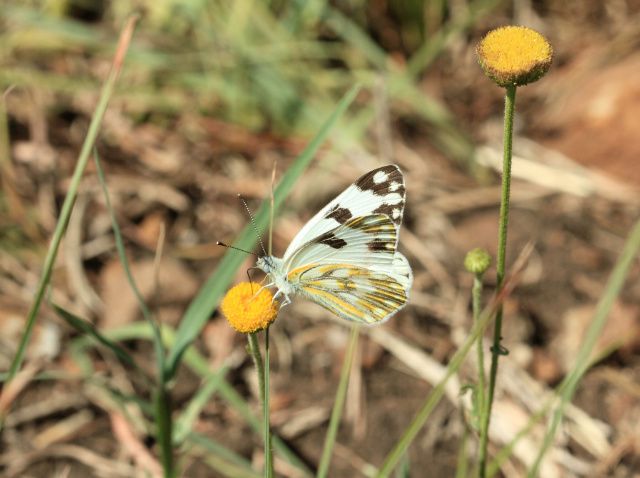
Even in SA whites are obviously abundant. This is the Meadow White.
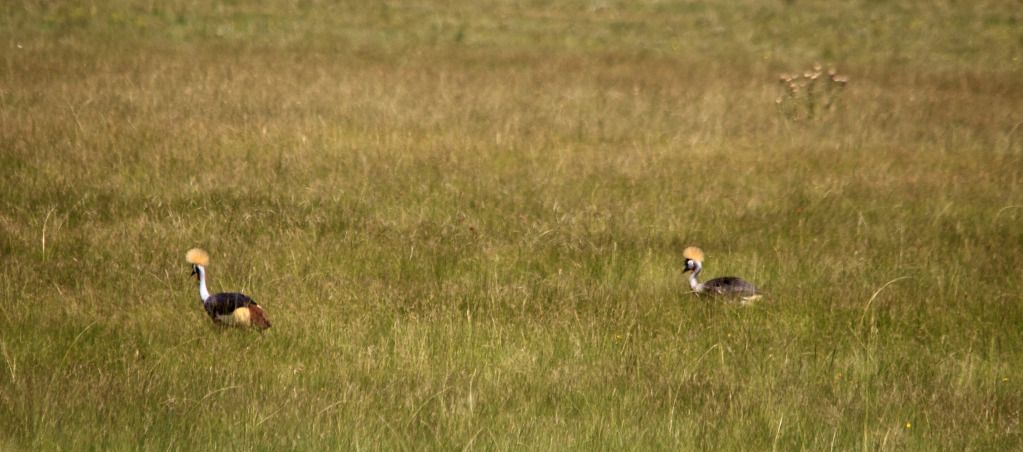
Even at the roadside stop there were plenty of birds visible: these Grey Crowned Cranes were just in the scrub opposite our first stop.
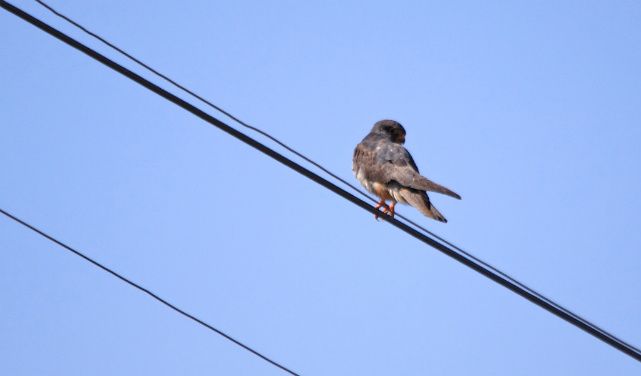
An Amur Falcon was keen to keep an eye on the fields beside the motorway. Too far to get a good shot though.
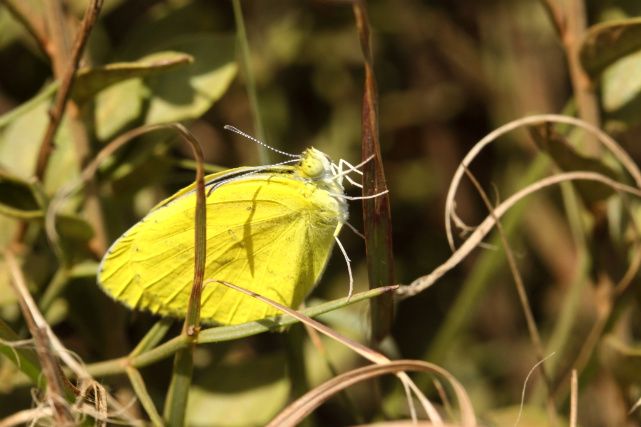
There were several of these small yellows which I am fairly sure are Broad Bordered Grass Yellow.
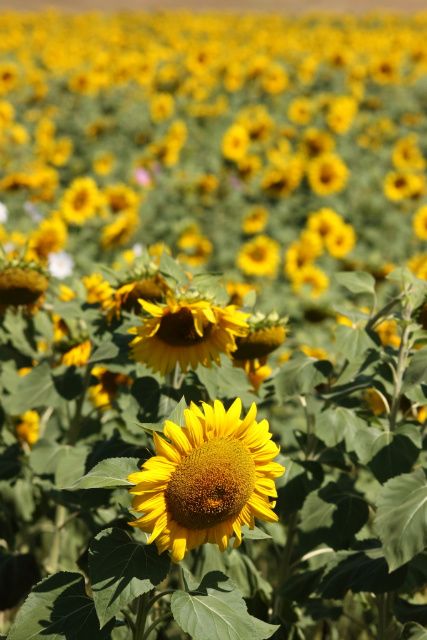
There were a few Sunflower fields that looked welcoming on our first morning's drive.
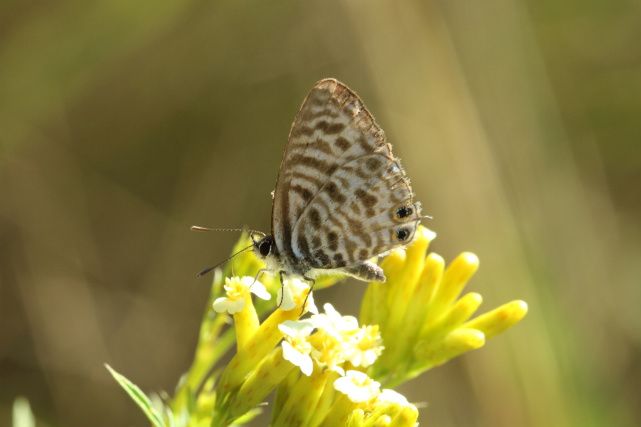
I've noted this down as a Short-Toothed Blue, another of the small butterflies next to the dirt tracks / Sunflower fields.
Friday 9th March – Saturday 10th March – Cardiff to Johannesburg & drive to Wakkerstroom
Karen and I left Heathrow Airport on our flight to South Africa at 5:50pm on Friday 9th March. Although our ‘economy’ seats were a bit cramped there were plenty of films to watch (I plumped for the recent bird film ‘The big year’ which I found great fun). We arrived in South Africa at Johannesburg Airport at around 8 am the next day (March 10th) – a flight of about 12 hours (SA time is currently 2 hours ahead of the GMT time). Our local South African guide, Bert, was waiting for us at arrivals and we also met the other 3 members of our group at the same time (Richard from Wiltshire, and John and Linda from Oxfordshire). Soon we were on our way to Wakkerstroom in the Naturetrek minibus, with Bert giving us plenty of pointers along the way on the many birds we could see from the motorway or smaller roads.
The early SA morning weather was already pleasantly hot and a bit humid and a welcome contrast to the British temperatures we’d left (it was already about 85 degrees) – also, we were quite lucky as in the previous week there had been floods from tropical storms and cyclones. We stopped a couple of times just off the smaller paths from the main road to see what was flying. The landscape leaving Johannesburg is quite dry and there weren’t a lot of wild flowers, though there were plenty of the Cosmos flowers that had apparently spread from Australia – it looked like there weren’t any butterflies on these, so it may not be a nectar-rich flower. There were some small yellows and blues at the roadside verges and a few fast-flyers we couldn’t ID. The birds we saw included Herons, Egrets, Doves, Swifts, unidentified Weavers in the roadside trees and several birds of prey.

First stop between Jo'burg and Wakkerstroom were some dirt tracks off the main road. This Spotted Blue remained behind the wires.

Cosmos flowers were the most obvious splash of colour beside the motorways.

Even in SA whites are obviously abundant. This is the Meadow White.

Even at the roadside stop there were plenty of birds visible: these Grey Crowned Cranes were just in the scrub opposite our first stop.

An Amur Falcon was keen to keep an eye on the fields beside the motorway. Too far to get a good shot though.

There were several of these small yellows which I am fairly sure are Broad Bordered Grass Yellow.

There were a few Sunflower fields that looked welcoming on our first morning's drive.

I've noted this down as a Short-Toothed Blue, another of the small butterflies next to the dirt tracks / Sunflower fields.
